What muscles work for the pull-ups
Pull-ups are a fantastic compound exercise that primarily target the muscles of the upper body, particularly the back and arms. The lats play a central role in pull-ups,are the largest muscles in your back. hey are responsible for the movement of bringing your upper body towards the bar. Besides lats, Biceps Brachii, Trapezius, Rear Deltoids, Rhomboids, Brachialis, Core Muscles also help as pull ups

The benefits of pull-ups
Pull-ups are a highly effective bodyweight exercise that offer a wide range of benefits for your upper body strength, muscle development, and overall fitness. Here are some of the key benefits of incorporating pull-ups into your workout routine:
Upper Body Strength: Pull-ups build significant upper body strength, targeting back, arms, and shoulders.
Muscle Development: They develop muscles like lats, biceps, and rear deltoids, creating a balanced physique.
Grip Strength: Pull-ups improve grip strength, aiding in various activities and exercises.
Functional Fitness: The movement mimics real-world actions like lifting and climbing.
Core Engagement: Core muscles stabilize during pull-ups, enhancing core strength.
Joint Health: Pull-ups promote shoulder stability, reducing injury risks.
Calisthenics Foundation: They're a base for advanced bodyweight exercises.
Progressive Options: Various progressions cater to different fitness levels.
Efficiency: Comprehensive upper body workout in one exercise.
Minimal Equipment: Only a bar is needed, making them accessible.
Metabolic Boost: Compound movement burns calories and boosts metabolism.
Confidence: Achieving pull-up goals boosts self-assurance.
Foundational exercise for developing pull-ups
If you're aiming to build up to performing pull-ups, it's helpful to start with exercises that target the muscles involved in the movement. These foundational exercises will help you develop the strength and technique necessary to eventually perform pull-ups. Here are some key exercises to consider:
Negative Pull-Ups: Start at the top of the pull-up position with your chin above the bar. Slowly lower yourself down in a controlled manner. This eccentric movement helps build strength for the actual pull-up motion.
Assisted Pull-Ups: Use resistance bands or an assisted pull-up machine to reduce the amount of bodyweight you're lifting. This allows you to perform the movement with proper form while gradually building strength.
Lat Pulldowns: This machine exercise simulates the pull-up motion and helps you develop the necessary back and arm strength. Focus on using proper form and gradually increasing the weight.

Inverted Rows: Set up a barbell in a Smith machine or use a TRX suspension trainer. Lie underneath the bar or straps and pull your chest toward the bar. This targets similar muscles as pull-ups.
Scapular Retractions: Hang from a bar with your arms extended. Without bending your elbows, focus on squeezing your shoulder blades together and pulling your chest up towards the bar. This exercise helps strengthen the muscles used in the initial phase of a pull-up.
Flexed-Arm Hang: Jump up to the top position of a pull-up and hold yourself there as long as possible. This helps you develop grip strength and get accustomed to the top position.
Bent-Over Rows: This exercise works the muscles of the upper back and arms, which are also engaged during pull-ups. Perform rows with proper form to build strength.
Ring Rows: Use gymnastic rings or TRX straps to perform rows. Adjust the difficulty by changing the angle of your body. This exercise helps improve pulling strength.
Hollow Body Holds: Strengthen your core and improve body control with hollow body holds. Lie on your back, lift your legs and shoulders off the ground, and hold the position.
Chin-Ups: While not the same as pull-ups, chin-ups (palms facing you) are a great progression to work on before pull-ups. They engage similar muscles and can help build the required strength.
How to do a proper pull-ups

Performing proper pull-ups involves using the correct technique to target the right muscles and prevent injury. Here's a step-by-step guide to executing a proper pull-up:
Equipment Needed: Pull-up bar or any sturdy horizontal bar.
Steps:
Grip: Stand beneath the pull-up bar. Grasp the bar with an overhand grip (palms facing away from you) slightly wider than shoulder-width apart. Your hands should be fully extended, and your thumbs should wrap around the bar.
Hang: Hang from the bar with your arms fully extended. Engage your shoulder blades by pulling them down and back. This is the starting position.
Initiate the Pull: Begin the pull-up by pulling your body up using your back muscles, especially the lats. Focus on driving your elbows down and toward your hips rather than just pulling with your arms.
Chin Over Bar: Continue pulling until your chin is above the bar. Aim to get your chest as close to the bar as possible.
Pause and Squeeze: Once your chin is over the bar, pause briefly and squeeze your shoulder blades together. This maximizes muscle engagement in your upper back.
Lowering Phase: Slowly lower yourself back down to the starting position in a controlled manner. Maintain tension in your muscles during the descent.
Full Extension: Fully extend your arms at the bottom of the movement. This is one complete repetition.
Tips:
Keep your body straight and avoid excessive swinging or kipping. Engage your core to maintain stability.
Focus on the quality of each repetition rather than the quantity. Maintain proper form throughout the set.
Breathe naturally throughout the movement. Exhale as you pull up and inhale as you lower down.
Avoid using momentum or excessive swinging to perform the exercise. This reduces the effectiveness and increases the risk of injury.
If you're just starting, you can use an assisted pull-up machine or resistance bands to help you perform the movement until you build enough strength.
Gradually increase the number of repetitions and sets as your strength improves.
Remember that pull-ups can be challenging, especially if you're new to them. Don't be discouraged if you can't perform many reps initially. With consistent practice and proper form, you'll gradually improve your pull-up strength over time. If you're uncertain about your technique, consider working with a fitness professional to receive guidance and feedback.
How to add challenges for your pull-ups
Adding challenges to your pull-up routine can help you progress, build strength, and keep your workouts interesting. Here are several ways to increase the difficulty of your pull-ups:
Vary Grip Width: Experiment with different grip widths, such as wide grip, shoulder-width grip, and close grip. Each grip targets your muscles slightly differently, providing variety in your training.
Weighted Pull-Ups: Attach a weight plate or wear a weighted vest to add resistance to your pull-ups. Start with a manageable weight and gradually increase as you get stronger.
L-Sit Pull-Ups: As you pull yourself up, lift your legs out in front of you to create an "L" shape with your body. This engages your core and increases the challenge on your muscles.
Wide Grip Pull-Ups: Perform pull-ups with a wider grip. This places more emphasis on your lats and challenges your shoulder stability.
Archer Pull-Ups: During the pulling phase, shift your body to one side so that one hand is higher than the other. This challenges one arm more than the other and requires greater strength and stability.
One-Arm Assisted Pull-Ups: Use a towel or resistance band to assist one arm while the other does the majority of the work. This helps build strength in preparation for one-arm pull-up progressions.
Isometric Holds: Hold different positions during the pull-up for a few seconds. For example, pause at different points on the way up or down, or hold your chin above the bar for an isometric hold.
Slow Negatives: Focus on the lowering (negative) phase of the pull-up. Take a few seconds to lower yourself down in a controlled manner. This builds strength during the eccentric phase.
Pull-Up Pyramid: Perform a descending or ascending pyramid of pull-ups. Start with one rep, then two, three, and so on, up to a certain number, and then work your way back down.
Grip Challenges: Try different grips, such as mixed grip (one hand over, one hand under), or towel grip (wrap towels around the bar), to challenge your grip strength.
Max Reps in a Set: Push yourself to achieve your maximum number of pull-ups in a single set. This helps build endurance and overall strength.
Combo Exercises: Combine pull-ups with other exercises, such as hanging leg raises, for a full-body challenge.
Uneven Pull-Ups: Hold the bar with one hand positioned higher than the other. This adds an imbalance that increases the difficulty.
Wide-Grip Muscle-Ups: Perform a wide-grip pull-up followed by a transition into a dip at the top of the bar. This combines the pulling and pushing motions of a pull-up and dip.











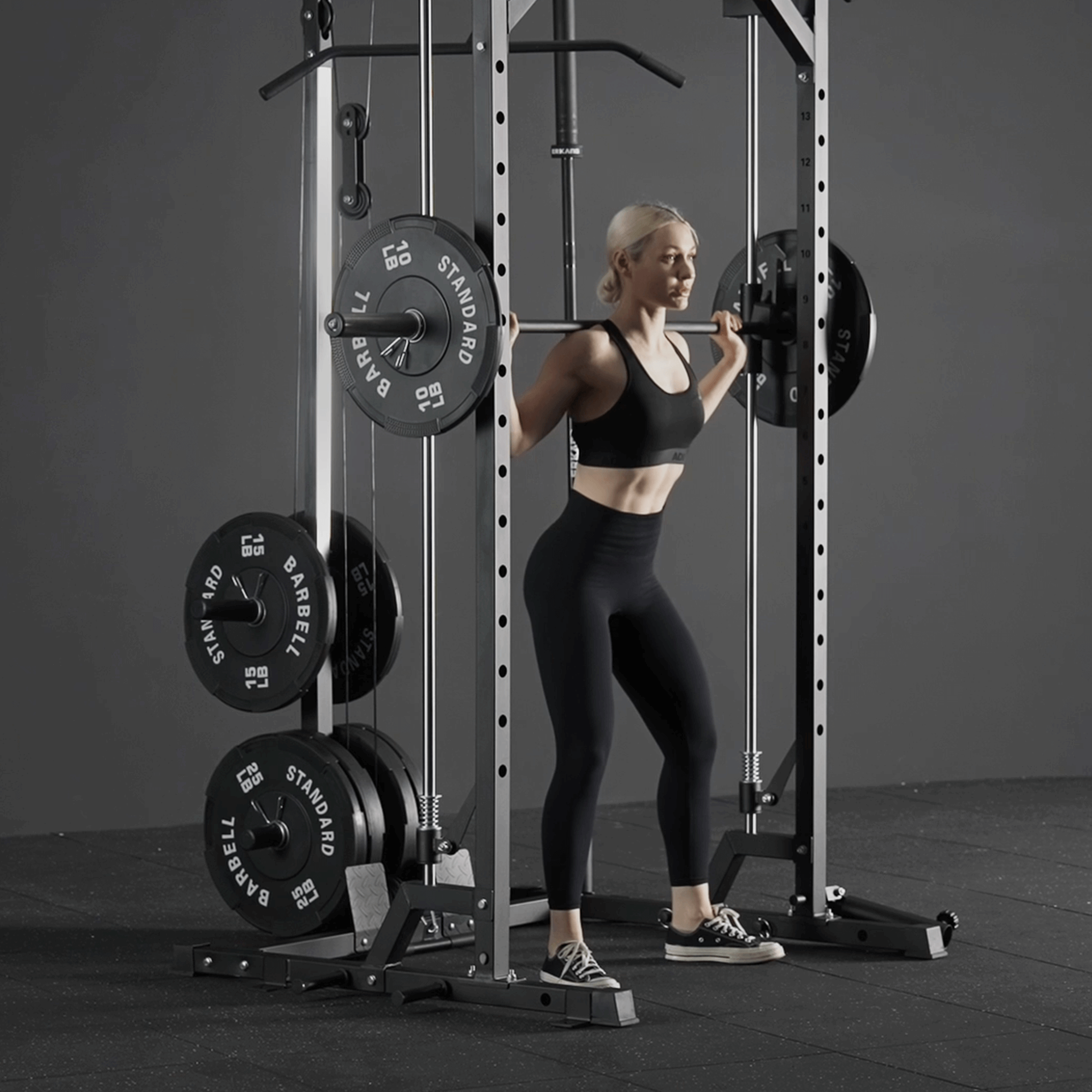






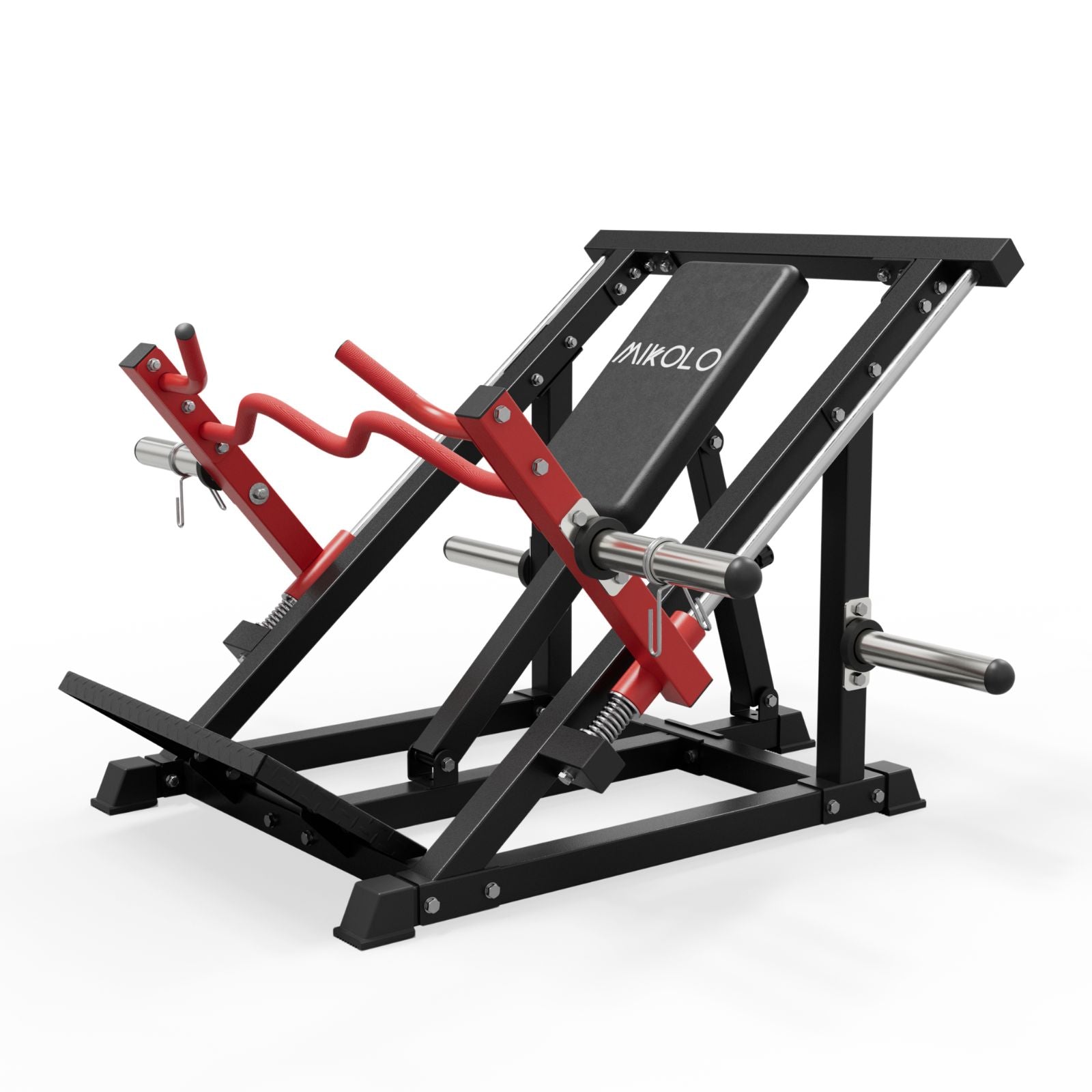

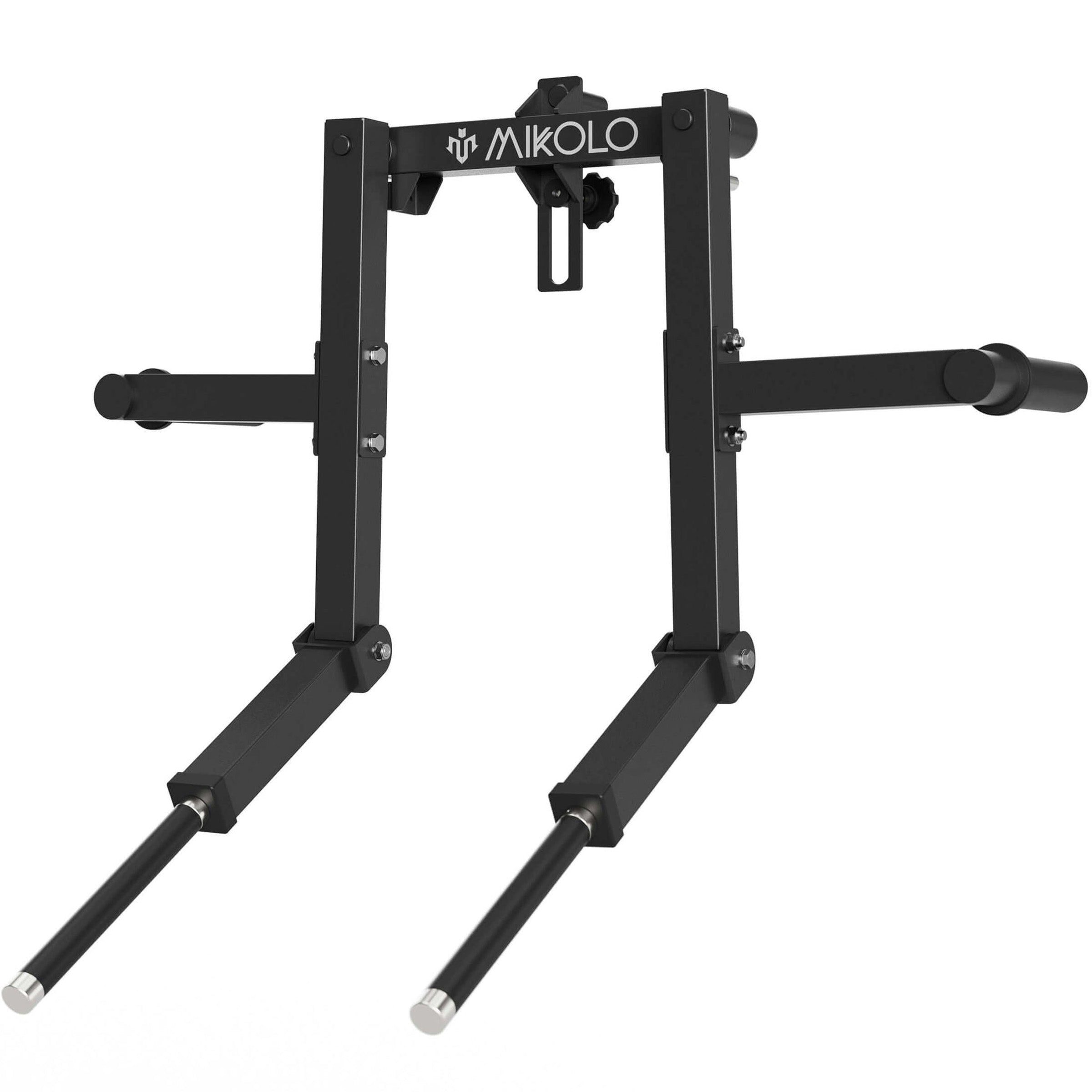
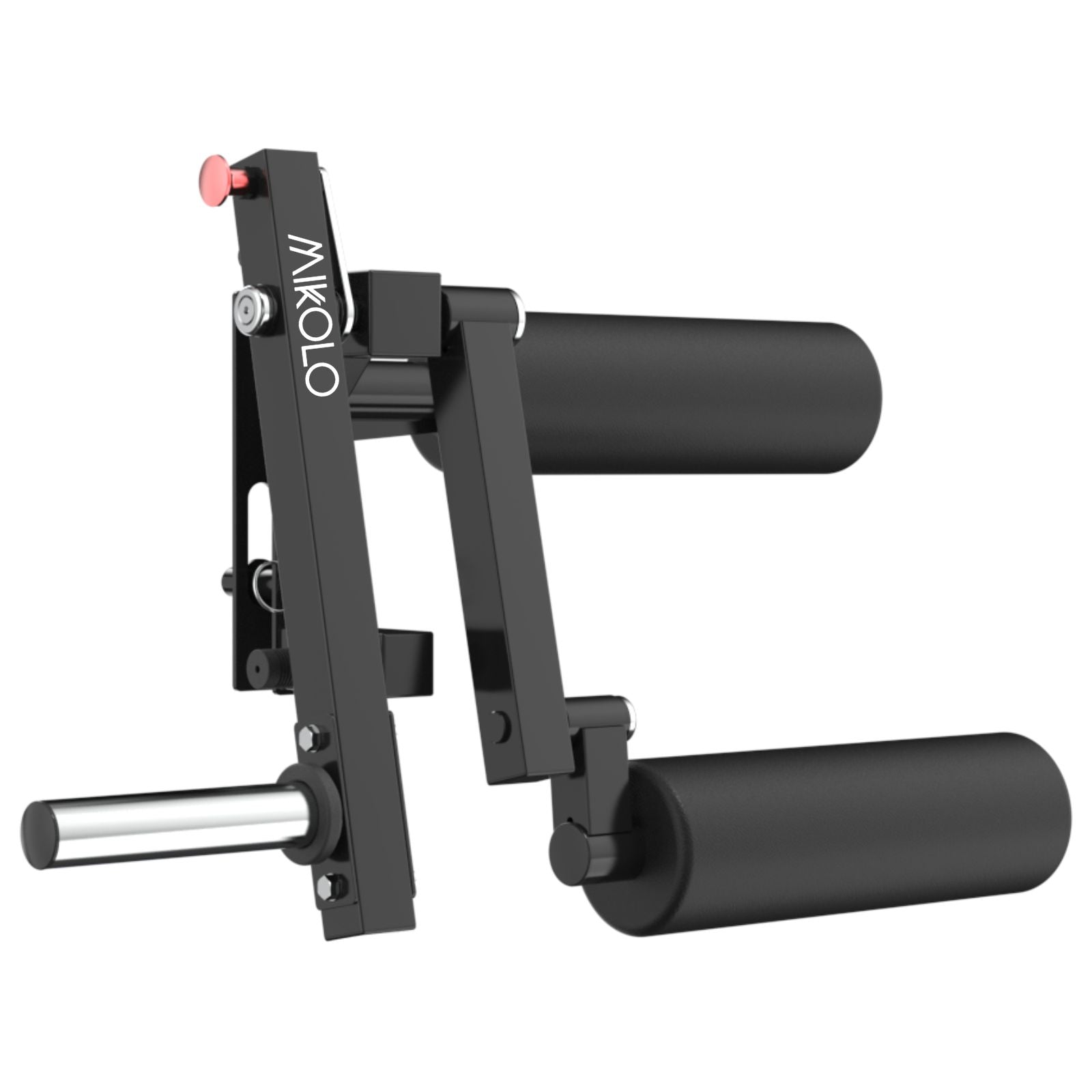















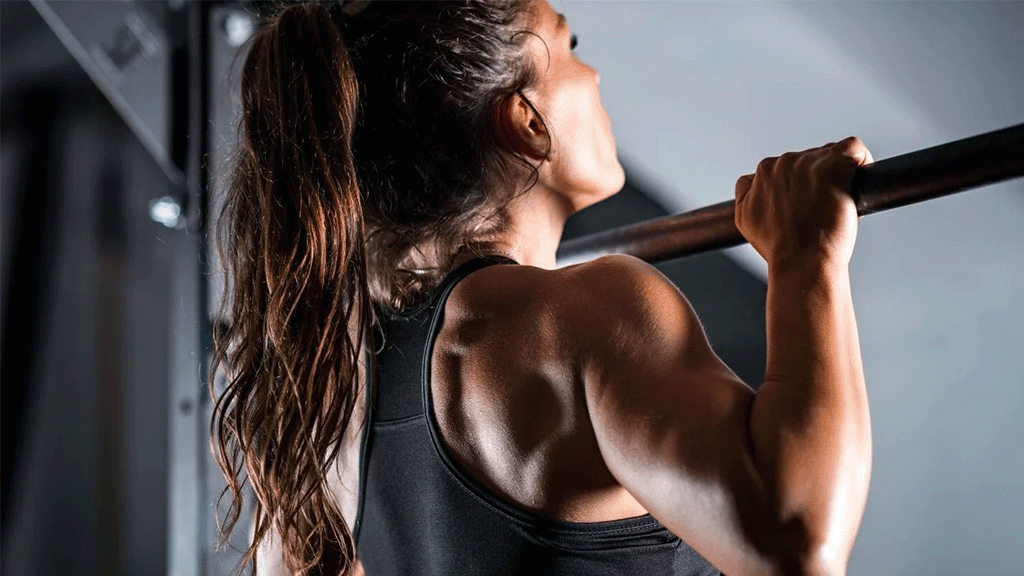
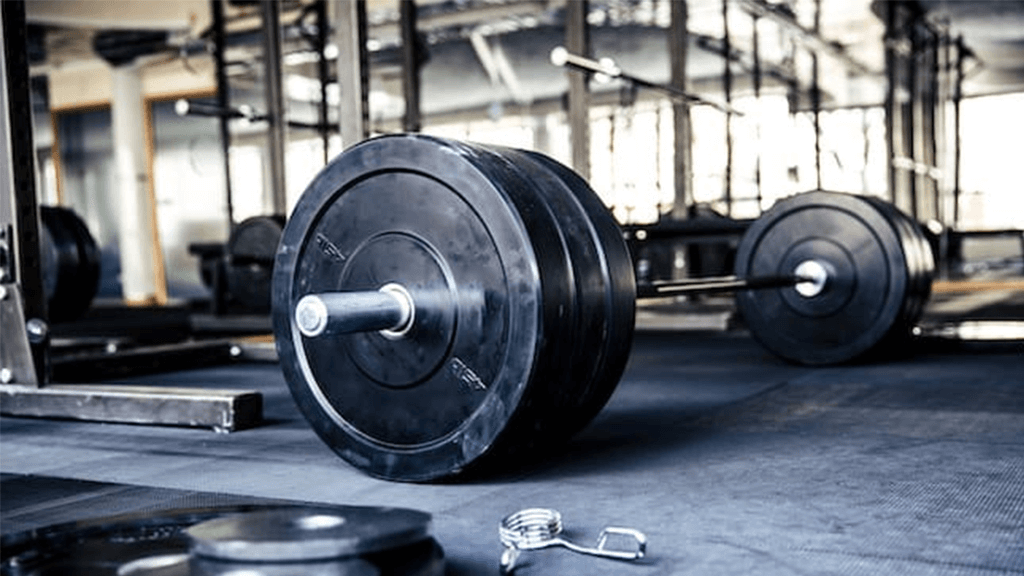
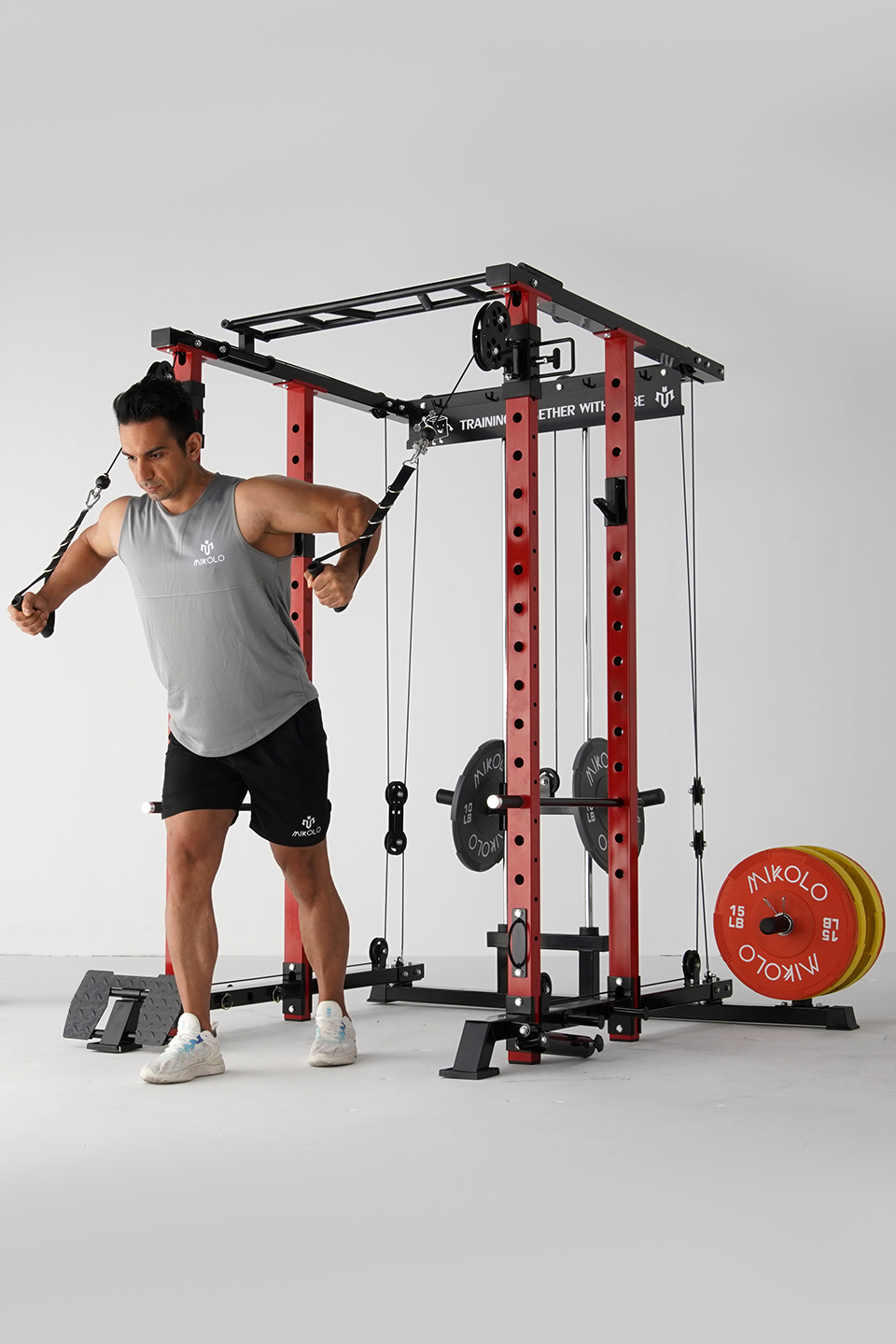
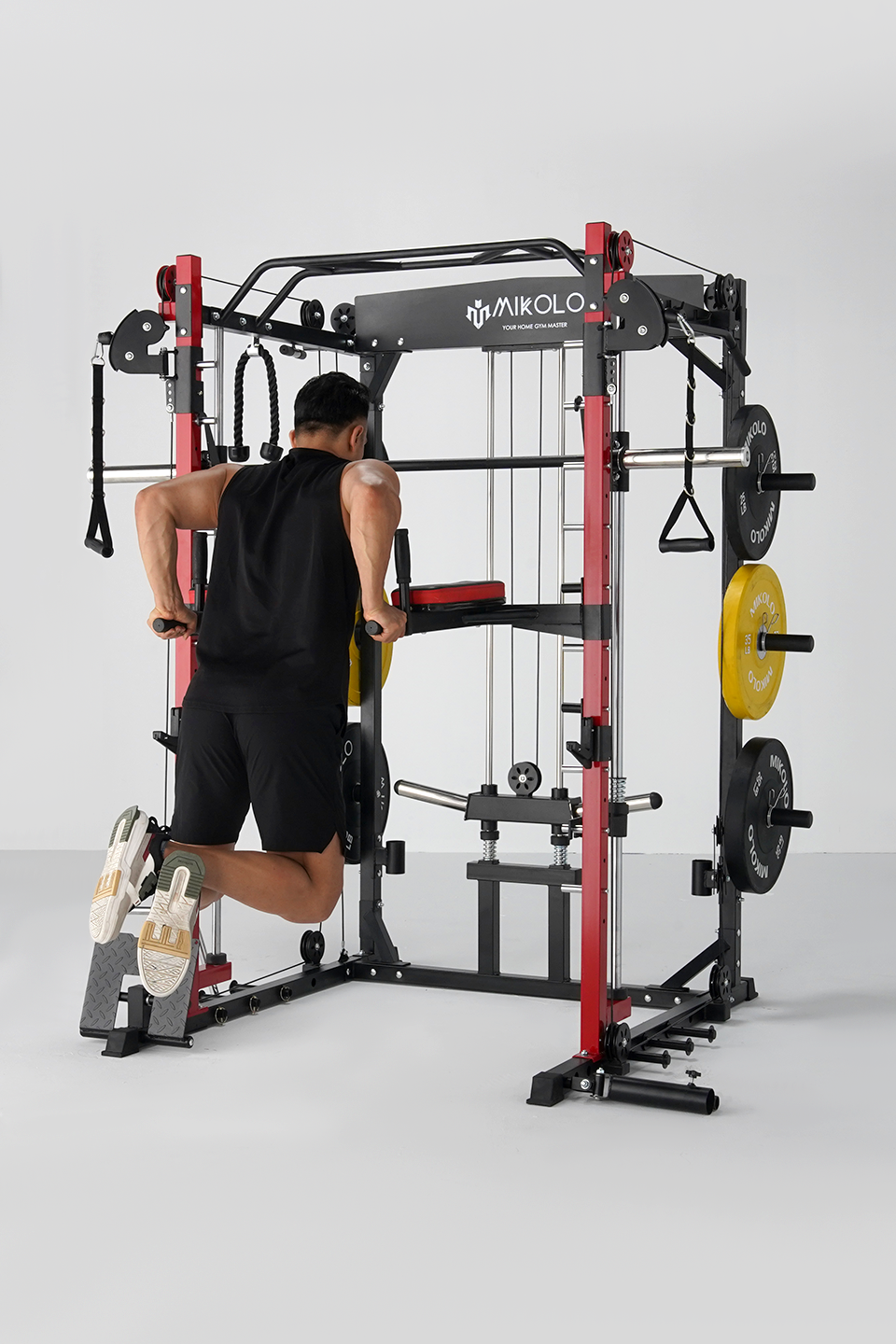


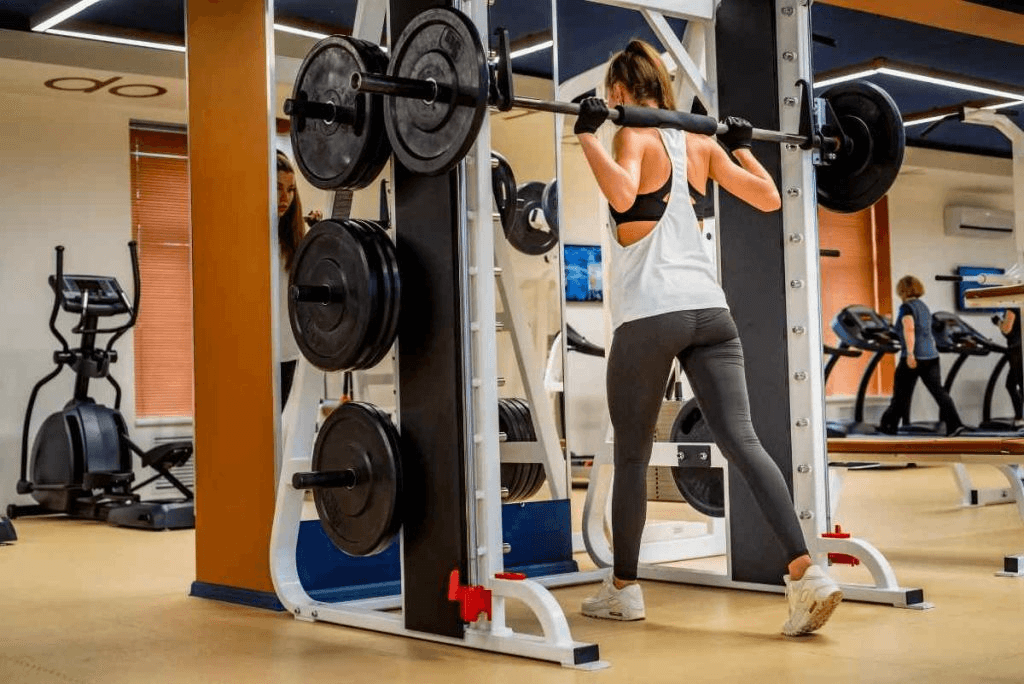
Leave a comment
This site is protected by hCaptcha and the hCaptcha Privacy Policy and Terms of Service apply.